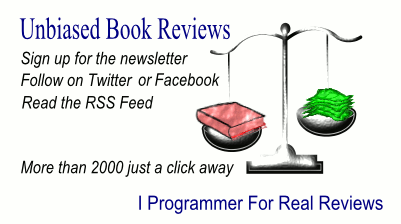| Designing Web Interfaces |
|
Author: Bill Scott & Theresa Neil
The interaction design patterns included in this book are organised around six principles which in turn are used to provide a logical framework for their presentation and discussion. They are:
This book is about design and there is no discussion as how to implement the patterns discussed at the level of coding. For example, with regard to the first principle, Make it Direct, it is proposed that the interface should respond to the user's interaction and three chapters are then devoted to patterns for directly editing content; moving objects around directly using drag and drop and applying actions to directly selected objects. The patterns presented, such as Overlay Edit (i.e. editing in an overlay panel) or Toggle Selection are discussed with lots of examples of how they should look (and a flickr website gives even clearer representations than the color illustrations in the book) but there is no HTML or Javascript. There are five patterns for Contextual Tools, in the sole chapter devoted to the second principle, Keep It Lightweight. They are preceded by Fitt's Law - an ergonomic principle that links the size of a target and its distance from the user to its ease of use. Anti-patterns in this chapter show pitfalls to avoid. Principle Three, Stay on the Page has four chapters devoted to it - Overlays, Inlays, Virtual Pages and Process Flow. In the context of process flow Google Blogger is cited as an example of poor practice here for the way it makes it difficult to delete comments with unnecessary page refreshes. Patterns for keeping users engaged and for integrating shopping carts are also discussed here. There follow two chapters on providing invitations (principle four) with two static patterns and five dynamic ones. Then come two on using transitions ( - animations, cinematic effects and other types of visual transitions with both patterns and antipatterns. The finally two chapters explore the principle React Immediately and deal with responsiveness. They cover Lookup Patterns and Feedback Patterns. Throughout the book the patterns are introduced and motivated with interesting facts and ideas. They are presented with well-chosen examples from a varied selection of websites help to illustrate the advice being provided. Tips and summaries of best practice help readers to assimilate the advice. Overall this is a book that will help improve the standard of rich interface design.
|
|||
| Last Updated ( Wednesday, 03 November 2010 ) |
